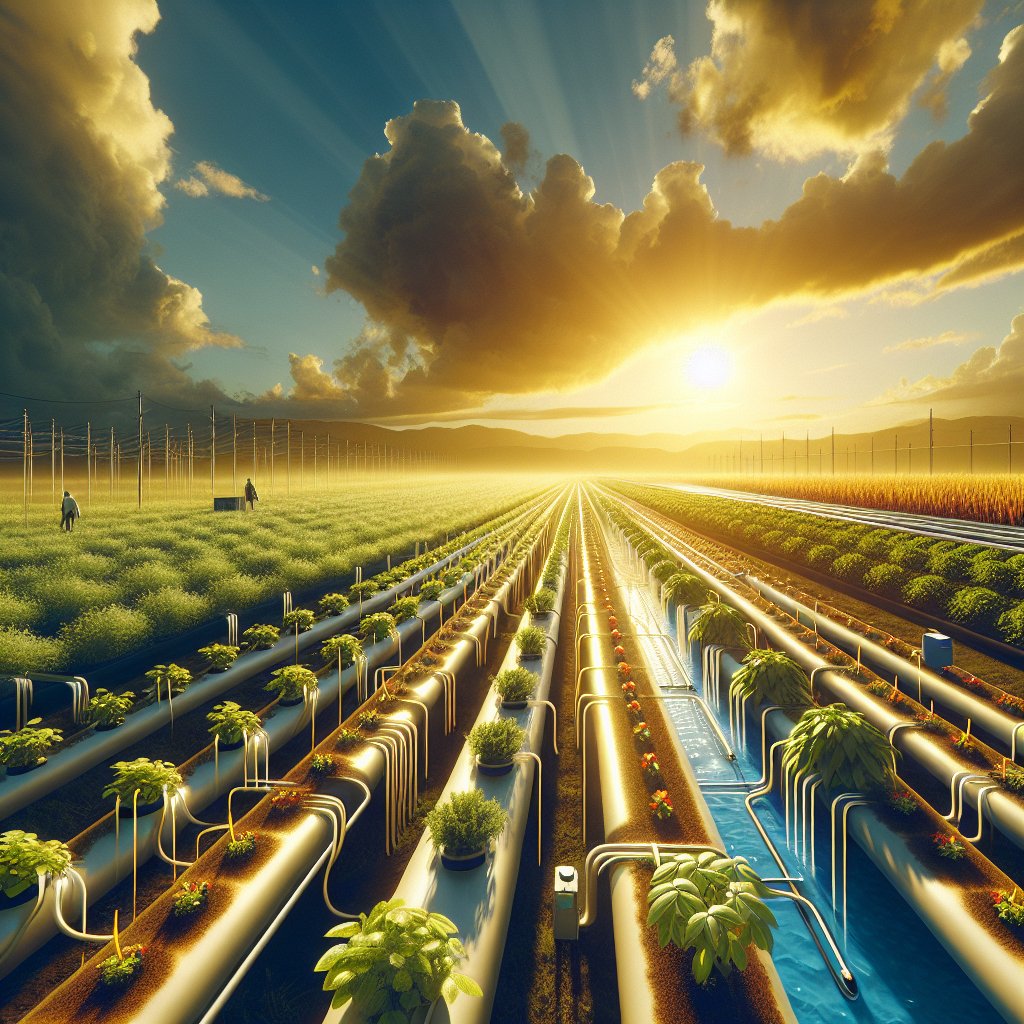
Growing nutrient-dense crops with minimal inputs is a crucial goal for sustainable agriculture, aiming to maximize the nutritional value of produce while minimizing the use of resources such as water, fertilizers, and pesticides. This approach not only benefits the environment by reducing pollution and conserving resources but also enhances food security and health by providing more nutritious food. In this article, we will explore the strategies and techniques that can be employed to achieve this balance, focusing on soil health, crop selection, and innovative farming practices.
Understanding Soil Health
Soil health is the foundation of successful crop production, and maintaining it is essential for growing nutrient-dense crops. Healthy soil is rich in organic matter, teeming with beneficial microorganisms, and has a balanced structure that allows for proper water retention and drainage. To achieve this, farmers can adopt several practices that enhance soil fertility and structure.
Organic Matter and Composting
Incorporating organic matter into the soil is one of the most effective ways to improve soil health. Organic matter, such as compost, manure, and cover crops, provides essential nutrients to plants and supports a thriving ecosystem of microorganisms. Composting is a sustainable method of recycling organic waste into a valuable soil amendment. By adding compost to the soil, farmers can increase its nutrient content, improve its structure, and enhance its ability to retain moisture.
Cover Crops and Crop Rotation
Cover crops are grown primarily to benefit the soil rather than for harvest. They help prevent soil erosion, suppress weeds, and improve soil fertility by fixing nitrogen and adding organic matter. Common cover crops include legumes, grasses, and brassicas. Crop rotation, on the other hand, involves changing the types of crops grown in a particular area from season to season. This practice helps break pest and disease cycles, reduces soil nutrient depletion, and improves soil structure.
Choosing the Right Crops
Selecting the appropriate crops is crucial for maximizing nutrient density while minimizing inputs. Some crops naturally require fewer resources and are more resilient to environmental stresses, making them ideal candidates for sustainable farming.
Native and Drought-Resistant Varieties
Native plant species are well-adapted to local environmental conditions and often require fewer inputs than non-native species. They are more resistant to local pests and diseases and can thrive with minimal water and fertilizer. Similarly, drought-resistant crop varieties are bred to withstand dry conditions, reducing the need for irrigation and conserving water resources.
Biofortified Crops
Biofortification is the process of increasing the nutritional value of crops through conventional breeding techniques or genetic modification. Biofortified crops are designed to provide higher levels of essential nutrients, such as vitamins and minerals, without the need for additional inputs. Examples include iron-rich beans, vitamin A-enriched sweet potatoes, and zinc-fortified rice.
Innovative Farming Practices
Adopting innovative farming practices can significantly enhance the efficiency of resource use and improve the nutritional quality of crops. These practices often involve the integration of technology and traditional knowledge to create sustainable agricultural systems.
Precision Agriculture
Precision agriculture involves using technology to monitor and manage crop production with high accuracy. By employing tools such as GPS, sensors, and drones, farmers can collect data on soil conditions, weather patterns, and crop health. This information allows for precise application of water, fertilizers, and pesticides, reducing waste and optimizing resource use. Precision agriculture not only enhances crop yields but also improves the nutritional quality of produce by ensuring that plants receive the right amount of nutrients at the right time.
Agroecology and Permaculture
Agroecology and permaculture are holistic approaches to farming that emphasize the integration of natural processes and biodiversity. Agroecology focuses on creating sustainable agricultural systems that mimic natural ecosystems, promoting soil health, biodiversity, and resilience. Permaculture, on the other hand, involves designing agricultural landscapes that are self-sustaining and require minimal external inputs. Both approaches prioritize the use of renewable resources, the conservation of biodiversity, and the enhancement of ecosystem services, leading to the production of nutrient-dense crops with minimal inputs.
Conclusion
Growing nutrient-dense crops with minimal inputs is a multifaceted challenge that requires a combination of strategies and practices. By focusing on soil health, selecting the right crops, and adopting innovative farming techniques, farmers can achieve sustainable agricultural systems that provide nutritious food while conserving resources. As the global population continues to grow and environmental pressures increase, these approaches will become increasingly important for ensuring food security and promoting human health.

